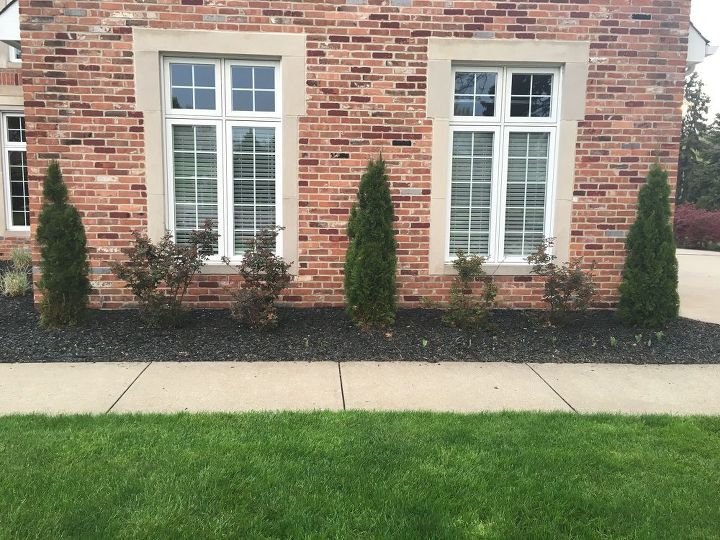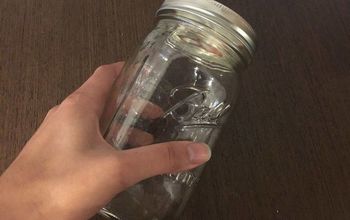How can I organize my perennials so something is always in bloom?
Related Discussions
GNATS - How to get rid of them?
Somehow my house and garden got tiny gnats that killed my fuchsia plant and fly everywhere. I have tried ALL the Web recommendations - soap and oil dishes, sand in th... See more
Marigolds growing! Should I pinch the buds?
My marigold plants are growing. I heard that pinching the buds until Autumn will allow them to grow without killing the plant. Is this true?
Growing garlic
Growing our first garlic, should we wait until the leaves are drying out before we pick it? Husband picked first one today along with our first potatoes.
How to keep mice out of your garden?
Hi everyone, I have mice in my garden destroying my vegetables and I have also noticed them in the barn and shed. Please can someone tell me how to prevent them from ... See more
What's the best flower/plant to grow in Texas?
I know that opinions vary, but what's your opinion?!I have great luck w Rosemary plants. Green all year long.
Which annual flowers make a colorful border for my house?
This year I am going to plant a colorful border using annuals. What annuals have you used or do you recommend for a border? The area is full to part sun. I am not ... See more
Is it safe to replant peony?
I've heard it might be tricky. Is it true? What is the best way to that? It's this year's plant. No flowers yet.





Perennial season starts with early spring,late spring early summer,late summer and fall.When choosing the varieties Check the tag for bloom time and coordinate that way.
Thanks, Janet! But when one plant is taking up a certain amount of space, but just for a while (such as daffodils in the spring), how then do you have another plant that blooms later in the season grow in that same area so you don't have an empty spot there the rest of the summer?
THis is a tricky thing, and definitely takes some reading and planting. Bulbs are one area to study - you can layer bulbs so that come up in approx the same area.
For example, tulips will bloom first, then allium will bloom. The allium bulbs are planted deeper so they can be in the same area as the tulip bulbs. I draw out the garden, and plan it out some, and then some of it is just lucky and go with the flow! In one of my clients homes, they have a huge back garden that we've been working on this very concept. It has the bulbs, but it also has perennials around the bulbs. Part of the trick is to use color to guide the eye - you can't have color everywhere all the time. But you can plan it so the color is blooming almost all the time. The color will be roving, meaning different areas will bloom and get your attention while others are either done blooming, or will be blooming. I find that using foliage for color helps. I put coral bells (heuchera) around the tulip/allium bulbs so that when the stems and leaves are dying from the bulbs, the coral bells leaves are growing and can cover some of the dying stuff.
And it will change every year, as bulbs multiply and die off, and as perennials grow! A garden is a never ending piece of art. And I am constantly moving plants as I see the need.
There are some perennials that bloom most of the summer - like coreopsis.
Find plants like that to fill in some of the dead areas.
So while it is complicated, it makes it easier by dividing the seasons into the 5 blooming times (like what was shared above). This is the structure behind the planning.
Don't forget to add the sun/shade areas, as this will guide your choices even more.
I could go on and on, but really, you just need to jump in, study, and try things!
You can actually layer bulbs that bloom at different times. Another way is to put a later blooming plant right in front of the 1st bloomer. When my daffodils and irises are in full bloom , my Shasta daisies are starting to show growth which in turn hides the daffodils & irises. Also have rudbeckia and cone flowers doing the same thing in different areas of my garden. Hostas can also do the job if they are not planted to close together.